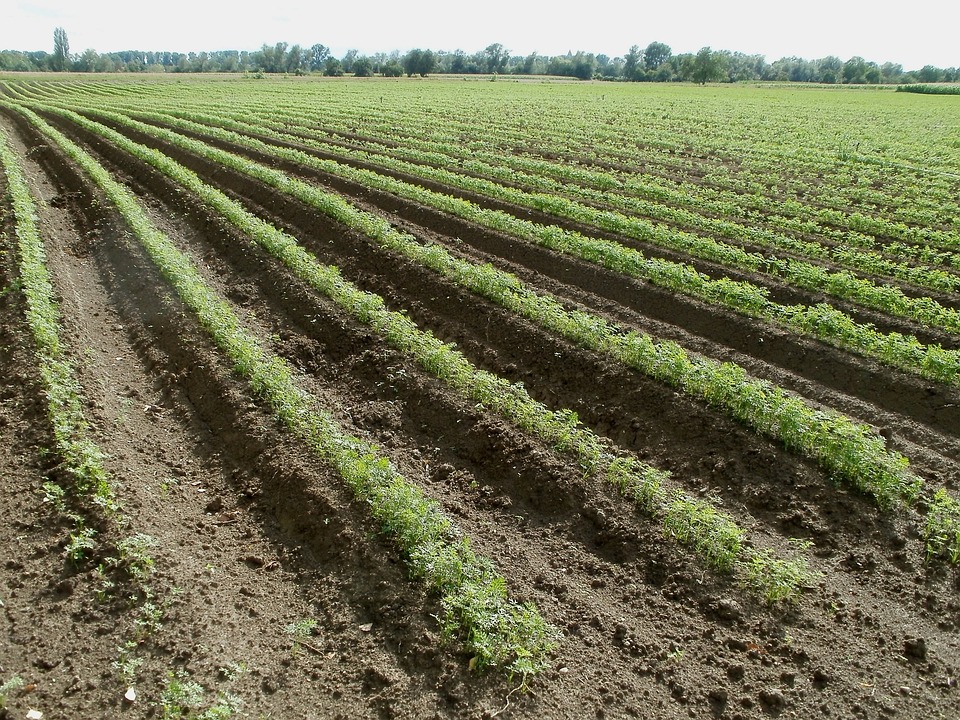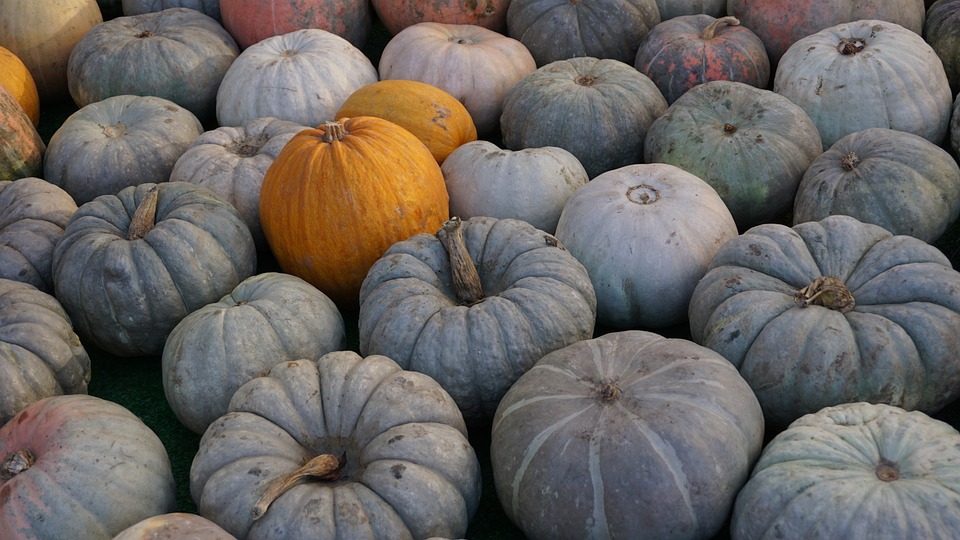Greening Your Getaways: A Guide to Embracing Sustainable Travel in 2021
Planning a vacation is always an exciting time, but as a sustainable travel expert, I know that it can also be a time to make eco-friendly choices that will benefit both the planet and the communities we visit. In 2021, the importance of embracing sustainable travel has never been more evident. With the rise of eco-tourism and the increasing awareness of our impact on the environment, now is the perfect time to green your getaways and make a positive difference with your travels. When it comes to planning your next adventure, there are plenty of ways to make sustainable choices that will lessen your environmental impact and support local communities. Whether you’re an avid hiker, a beach bum, or a city slicker, there are endless opportunities to embrace sustainable travel in 2021. From packing light to choosing eco-friendly accommodations, every decision you make can contribute to a more sustainable and responsible approach to travel. One of the most memorable trips I’ve taken was to a remote eco-lodge nestled in the rainforest. The lodge was completely powered by solar energy, used rainwater harvesting systems, and supported the local community through various initiatives. The experience opened my eyes to the incredible potential of sustainable travel and inspired me to share my passion for eco-friendly adventures with others. From that trip on, I’ve made it my mission to seek out sustainable travel experiences and share them with fellow travelers. If you’re looking to make sustainable choices on your next getaway, here’s a guide to greening your travel in 2021. Let’s embark on a journey towards responsible and eco-friendly adventures that leave a positive impact on the planet, one trip at a time. 1. Choose Eco-Friendly Accommodations When it comes to sustainable travel, choosing the right accommodation is key. Look for hotels, lodges, or guesthouses that have implemented eco-friendly practices such as recycling, water conservation, and energy efficiency. Many accommodations are now also incorporating initiatives to support local communities, wildlife conservation, and sustainability efforts. 2. Pack Light and Mindfully Packing light not only makes travel more convenient, but it also reduces fuel consumption and ultimately decreases your carbon footprint. Consider packing multi-purpose, sustainable clothing and reusable toiletry containers to minimize waste and reduce the overall weight of your luggage. 3. Support Local Communities One of the most rewarding aspects of sustainable travel is the opportunity to support local communities and economies. Seek out locally owned businesses, restaurants, and shops to ensure that your travel dollars directly benefit the people who call the destination home. 4. Embrace Eco-Friendly Transportation From biking and walking to public transportation and carpooling, there are plenty of options for eco-friendly transportation while traveling. Choose alternatives to rental cars and flights whenever possible, in order to reduce emissions and lower your overall impact on the environment. 5. Respect the Local Environment and Wildlife While exploring new destinations, it’s important to respect and protect the natural environment and wildlife. Avoid leaving behind any waste, adhere to trail guidelines, and support wildlife conservation efforts whenever possible. 6. Engage in Sustainable Activities When planning your itinerary, seek out activities and excursions that are aligned with sustainable principles. Whether it’s a guided nature walk, a beach clean-up, or a visit to a local conservation center, there are plenty of ways to positively engage with your surroundings. 7. Educate Yourself Before embarking on your journey, take the time to research the destination’s environmental and cultural norms. By educating yourself on local customs, sustainable initiatives, and environmental challenges, you can travel more responsibly and make a positive impact during your visit. With these simple tips, you can transform your next getaway into a sustainable and meaningful adventure. Embracing eco-friendly travel in 2021 is not only a way to minimize your environmental impact, but it’s also an opportunity to connect with nature, support local communities, and contribute to a more sustainable future for travel and tourism. Whether you’re planning a weekend escape or a long-term adventure, the choices you make as a traveler can have a lasting impact on the destinations you visit. By greening your getaways and embracing sustainable travel in 2021, you can be a part of the movement towards responsible and environmentally friendly travel. Let’s make every journey count, not only for us but for the planet and all those who call it home.










